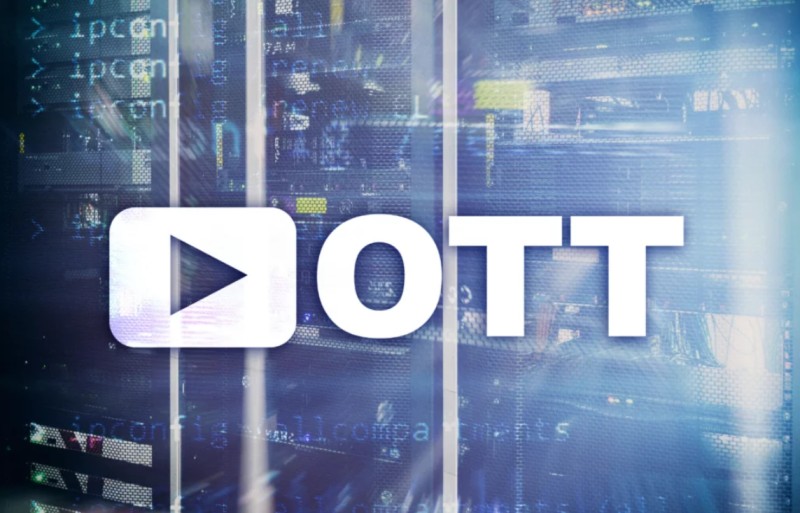
Digital transformation played a major role in 2020. Global pandemics forced everyone, not just website developers and programmers, to go virtual. Cloud computing became increasingly relevant with the digital shift, and there are several cloud technology trends that are taking over the tech world by storm.
Currently, cloud computing is flourishing at a rapid clip, with more and more companies embracing the technology. Consequently, research by Research and Markets estimates the industry will grow from $371.4 billion in 2020 to $832.1 billion by 2025.
What Is Cloud Computing?
Data has been stored and protected by companies for decades, working to protect confidential information. In the early days of cloud computing, firms and individuals used the technology to store and process data securely. Cloud storage is used by many companies in many fields.
A dynamic application and storage model based on cloud computing is now simply called computing.
Cloud computing has five major characteristics :
- The self-service option on demand
- A wide range of networking options
- A resource pooling approach
- Flexibility with rapidity
- Measured service.
In addition, cloud computing includes three major types of services:
- Service-oriented architecture
- Service Platform
- Service-based software.
Furthermore, there are four different ways to use cloud computing:
- Public cloud
- Private cloud
- Community cloud
- Hybrid cloud.
Current Trends in Cloud Computing
A major benefit of cloud computing is that it allows businesses to meet clients’ needs while enhancing their competitive position. The ability of these organizations to store data efficiently and effectively has led to a demand for greater storage capacity.
In response, online data center capacity must be increased by service providers. To remain competitive, cloud computing has become an integral part of sustaining superior performance.
Firms are positively impacted by a greater availability of storage space, since it allows them to store more information. In addition to storing and analyzing customer information, these large data pools provide companies with useful insight into their preferences, desires, and behaviors.
As cloud computing fees decline, smaller companies can also store and share data through cloud computing.
Future Trends in Cloud Computing
Cloud computing service providers receive payment from organizations using cloud computing services. Global multinationals are developing their own proprietary cloud networks.
Rather than rely on general service providers, these very large companies provide their own private clouds. In Coca-Cola’s case, the company has a lot of data that can be used to create a private network with high security tailored to their specific requirements.
A major multinational company such as IBM has developed a private cloud storage service. The cloud is also expected to be developed by other multinational firms.
The vast majority of large companies have an IT department. Companies can outsource their IT departments by allowing cloud service providers to customize the cloud to meet their needs as cloud providers develop more complex offerings.
IT departments and elaborate computers will no longer be a necessity for companies. In addition, IT employees need to be able to manage cloud-based applications.
Eventually, smaller companies and private individuals will join large companies in taking advantage of cloud computing as it becomes commonplace and user-friendly.
Online social networks are becoming increasingly dependent on mobile cloud computing.
The company offers e-business services, including gaming, image processing, video processing, and general Internet services. Mobile cloud computing was highlighted in several generic surveys.
Quantum Computing Trend
Quantum computing challenges the existing state of cloud computing and might completely transform it. It is one of the hottest topics in the cloud industry.
Hybrid Cloud Solutions Trend
Hybrid cloud solutions will join the list of other predicted cloud computing trends very soon as well.
In addition, hybrid cloud solutions can adapt to the changing market needs, and are known for their dynamic nature, cost effectiveness, and flexibility.
In light of the rise of competition by large-scale enterprises, hybrid cloud solutions offer the ability to meet these market demands.
Automation Trend
It’s becoming increasingly necessary for organizations to adopt cloud computing, which means more computing power and more data and application resources. Time-consuming and tedious administrative tasks would be required.
In addition to reducing repetitive work and increasing productivity, automation will also reduce errors. All companies should automate their processes, regardless of their size. Cloud administrators’ jobs will be simplified by automation, resulting in cost-savings and time savings.
Cloud Technology Trends For Companies
Companies’ current and future needs will be met by cloud computing trends.
Cloud computing allows companies to access and store their data at any time.
The cloud computing industry has become very popular because of this feature. Over time, service providers are hoping to provide more services, including enhanced analytics services. There are many benefits to using cloud computing and cloud storage services.
Data security is of utmost importance. Data will increasingly be stored in the cloud as more and more businesses contract with service providers for data analytics.
Further, cloud data storage will become a necessity for companies in the near future. Competition in the business world will be largely dependent upon the availability of shared and accessible data.
In order to fulfill organizations’ needs and desires, companies require reliable cloud computing environments. The ideal scenario would be for enterprises to develop plans to enhance how they use cloud computing.
To facilitate users’ use of the cloud, Internet service providers will enhance the speed of the Internet and reduce the time that computers are offline. Those companies that do not take part in this initiative will likely experience a reduction in competitiveness.
Sunvera Software develops next-level software applications from start-to-finish. Schedule a free 30-minute call with us to discuss your business, or you can give us a call at (949) 284-6300.










